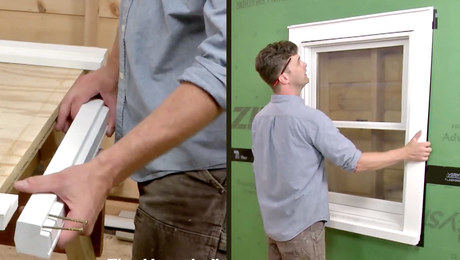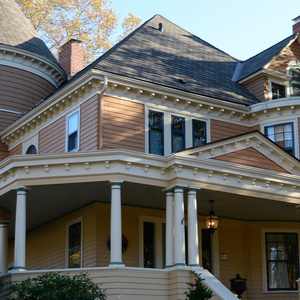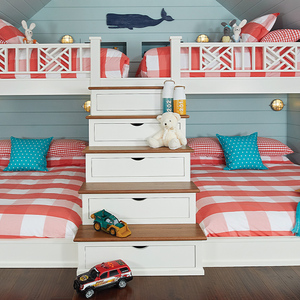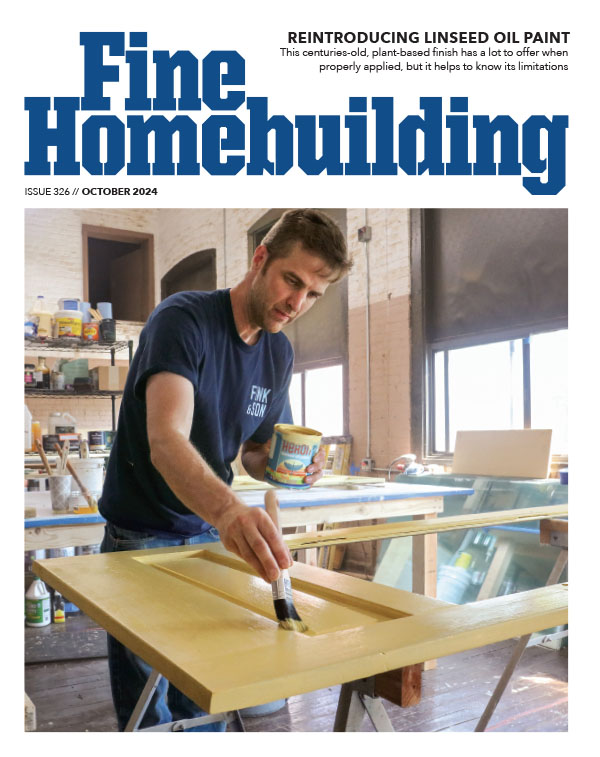engineered, or real wood flooring on rad
Hello to all,
I have the tubes in place (snapped into the climate panel) for the radiant heat on the second floor. All of the info that I have read, points to the engineered being the better of the two choices. It is also more ecspensive. How much more R value is their in the 3/8″ engineered vs the 3/4 real wood of the same type? My biggest consern is with the quality of the heat. Any advice on the installation of either floor over the tubes would be helpful.
Thanks, Turtleboy



















Replies
Ballpark figures...note most wood is R1.0 per inch. Values are per inch and are from an RFH planning guide. I usually use R1.0 per inch. A 3/8ths engineered floor (no pad, non-floating) will have half the R-value of a 3/4" strip hardwood floor.
For real-world planning purposes, don't choose a flooring for it's R-value. For the thicknesses you're dealing with it's insignificant.
Installation? Do you have specific Q's?
Floating floors are a different animal. Some dislike the underfoot feel, though different floating floors give different feedback.
Glue vs nail? Glue is fairly easy to do, thought long-term you need to be concerned with too-high temps causing inferior glues to become brittle. Bostik's Best is your only choice.
Nailing/stapling? It's easy if you can see the tubing and if the tubing is perpendicular to the flooring. Got to be careful if the flooring runs parallel to the tubing, and at the ends of the tubing runs where you have the 180-degree turns.
All 3/4" strip flooring can be nailed stapled, only some of it can be glued...most can't. I've never glued a 3/4" strip "real" wood floor. Most engineered flooring can be glued, some can't be nailed/stapled. Most engineered flooring can be floated, some can't. Talk to the tech department for the flooring you're considering for up-to-date, SPECIFIC installation instructions.
Engineered floors? Look closely at the thickness of the show layer of wood, as well as the location of the tongue. Usually when refinishing it's screening vs sanding.
Engineered flooring, from the technical point-of-view, is a better, more predictable choice over RFH than strip hardwood.
R-values?
Mongo,
Thanks for the information. I didn't think that the R value would be that significant but wanted to run it by those who might know better than I. I new that the Engineered product would be more than the real wood even before the increase in the price of plywood started to shoot up. I just had someone take some measurements for the floor and should be getting some prices in a day or two.
I have wanted to use the Mirage (Birch) engineered product but want to see the difference in price between it and the real wood (Birch) by Mirage. I don't care for the way the floating floor feels/sounds in the basement so I doubt that I'd want that in the upstairs bedroom.
I have placed the tubes so that they run perpendicular to the finished floor for all but one of the rooms. Some areas you just can't help with the direction that the tube is run, not to mention the 180 degree turns.
Would you put anything between the finished floor and the radiant tubes? What if you intend to glue the floor down?
How long do you recomend for wood to acclimate to the house? What do you think about the Mirage products?
Thanks again for the help, Turtleboy
Edited 9/29/2003 12:24:02 PM ET by turtle
Would you put anything between the finished floor and the radiant tubes? What if you intend to glue the floor down? If nailing/stapling, no. I'd want to see the runs of tubing as I fasten. Red rosin paper would be nice, but again, seeing the tubing as you staple is important. Do not use apshalt products, they can off-gas when the RFH kicks in. Climate panels are 7 or 8" in width, which gives you a fastener every 7-8" which is what you want.
If glueing and you can handle the extra elevation, it'd be a lot easier, faster, and less messy, if you could screw down a layer of ply. Then trowel the adhesive and run the flooring. No worries of glue getting into the climate panel grooves, on the PEX, and you'd be certain of 100% coverage.
How long do you recomend for wood to acclimate to the house? What do you think about the Mirage products? Acclimation is vendor specific. Some say none required, some say two weeks. Some say leave the wood packed, some say unpack and rack it. It can also depend on where the flooring came from (straight from the manufacturer's warehouse or from a lumberyards open shed, etc). Follow the manufacturer's recommendations.
I've never used Mirage. They do have a relatively thick (3/16ths?) wear layer, and an aluminum oxide finish. I have seen the name mentioned on the forum often so I know it's used. Look at how well the flooring fits together, is there a chamfer or slight rounding over at the grooves, or do they butt tight with no groove. Chamfers and exagerated rounding over bugs some people, and can be a sign of sloppy manufacturing tolerances. A slight roundover doesn't bother me and in some ways is almost required with a prefinished floor that won't be sanded. A large groove can trap dirt, grit, etc.
Sorry I can't be more specific.
turtle,
The real question is - what are the floor temps? Wood moves with changes in temperature and particularly with changes in moisture content. Find out what your floor temps are going to be on a design day. Most wood doesn't like being heated above 83 degrees. Also, the way you control the temps makes a big difference - go with continuous circulation with outdoor reset controls on the boiler and injection mixing. If the temps are low enough use real wood; you might look into quarter sawn oak to keep the floor movement to a minimum and go with narrow widths. Check out Hoskings Hardwoods for custom milled quarter sawn oak - they have have average stave lengths of 7 feet, though I received several that were 14 feet long.
Thanks for the info TJ.
My plumber will be putting an outside thermostat in so that the circ. pumps will come on only when the outside temp hit a certain level. Our thermostats for the upstairs will be secondary to the outside sensor.
I don't have heat up there yet but the system is pressurized so I'll know if it gets damaged. Plasterer will be coming tomorrow so I'll be covering the floor with plastic to prevent any problems. I've been to the Hoskins web sight and have found it informative I'll have to go back to it.